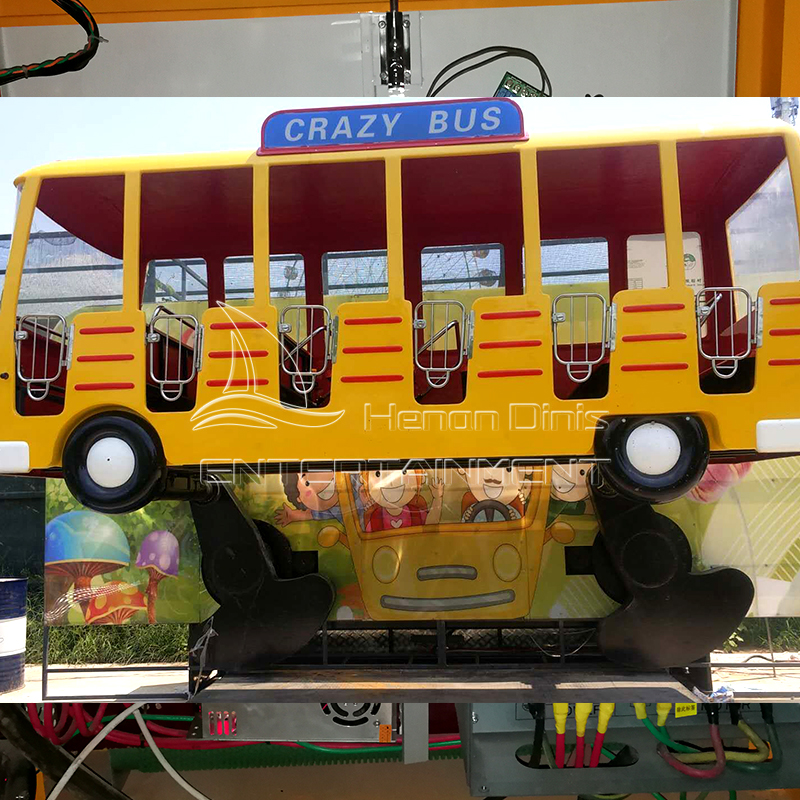Benefits of the regional division in the children’s playground
Children’s playgrounds are essential spaces for promoting physical activity, social interaction, and cognitive development among young individuals. To optimize the play experience, the concept of regional division within playgrounds has gained popularity. Regional division refers to the organization of play areas into distinct zones, each designed to cater to specific age groups or play activities. This approach offers several benefits that enhance the overall play environment, foster inclusive participation, and promote the holistic development of children. This article will explore the advantages of regional division in children’s playgrounds.

Age-Appropriate Play:
One of the primary benefits of regional division is the provision of age-appropriate play opportunities. Children of different ages have varying developmental needs, abilities, and interests. By separating playground areas based on age groups, children can engage in activities that are suitable for their physical and cognitive capabilities. Toddlers can enjoy safe and stimulating play equipment without being overwhelmed by older, more energetic children. Simultaneously, older children can engage in challenging and interactive play that matches their developmental stage. Age-appropriate play enhances children’s self-confidence, motor skills, and problem-solving abilities.
Safety and Risk Management:
Regional division in playgrounds ensures safety and effective risk management. Younger children require additional protection due to their limited physical abilities and potential lack of awareness regarding safety hazards. By providing designated areas for different age groups, playgrounds can implement age-specific safety measures and equipment. This approach minimizes the risk of accidents and injuries by separating the more adventurous play of older children from the gentler play of younger ones. Adequate signage and clear demarcation of play zones further contribute to risk management and overall playground safety.
Varied Play Experiences:
By dividing playgrounds into regional zones, a diverse range of play experiences can be offered. Each zone can feature different play equipment, themes, or activities that cater to specific interests, such as swings, slides, climbing structures, sandboxes, water play, or nature-inspired play. This variation stimulates children’s imagination, creativity, and exploration, preventing monotony and boredom. It encourages children to try different activities, develop new skills, and broaden their play experiences, fostering their overall development.
Reduced Overcrowding and Congestion:
In busy or popular playgrounds, regional division helps manage the flow of children and reduces overcrowding and congestion. Each play zone caters to a specific number of children, preventing excessive crowding in a single area. This improves the overall safety and quality of play by reducing the risk of collisions and accidents caused by overcrowding. Additionally, with designated areas for different age groups, children can freely enjoy their play activities without feeling overwhelmed or restricted by the presence of older or younger children.
Regional division in children’s playgrounds provides numerous benefits that optimize the play experience and promote the holistic development of children. It ensures age-appropriate play opportunities, enhances safety and risk management, offers varied play experiences, and reduces overcrowding and congestion. By implementing regional division, playgrounds become inclusive, stimulating, and supportive environments that contribute to the physical, social, emotional, and cognitive growth of children, fostering their well-being and happiness.
